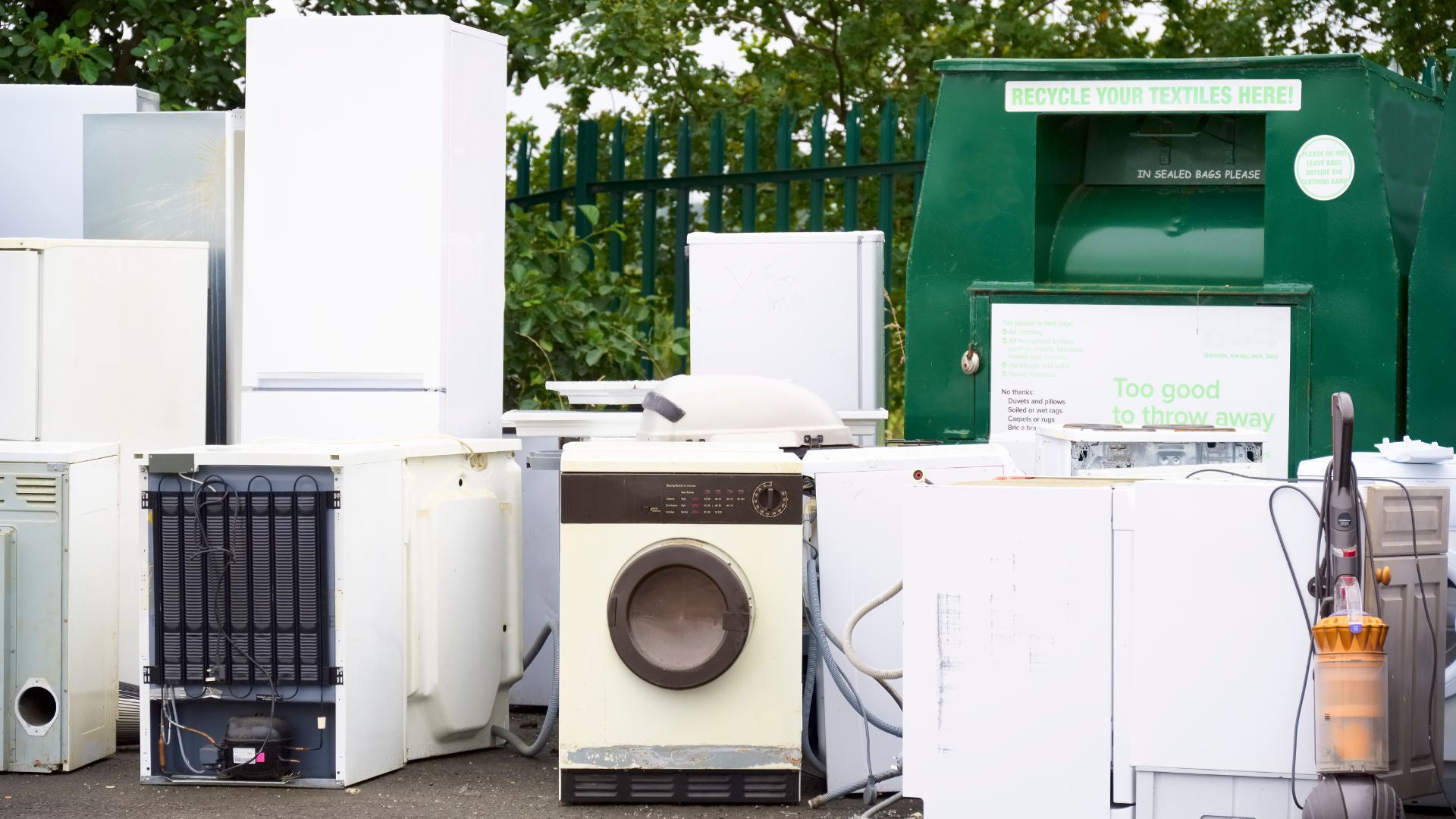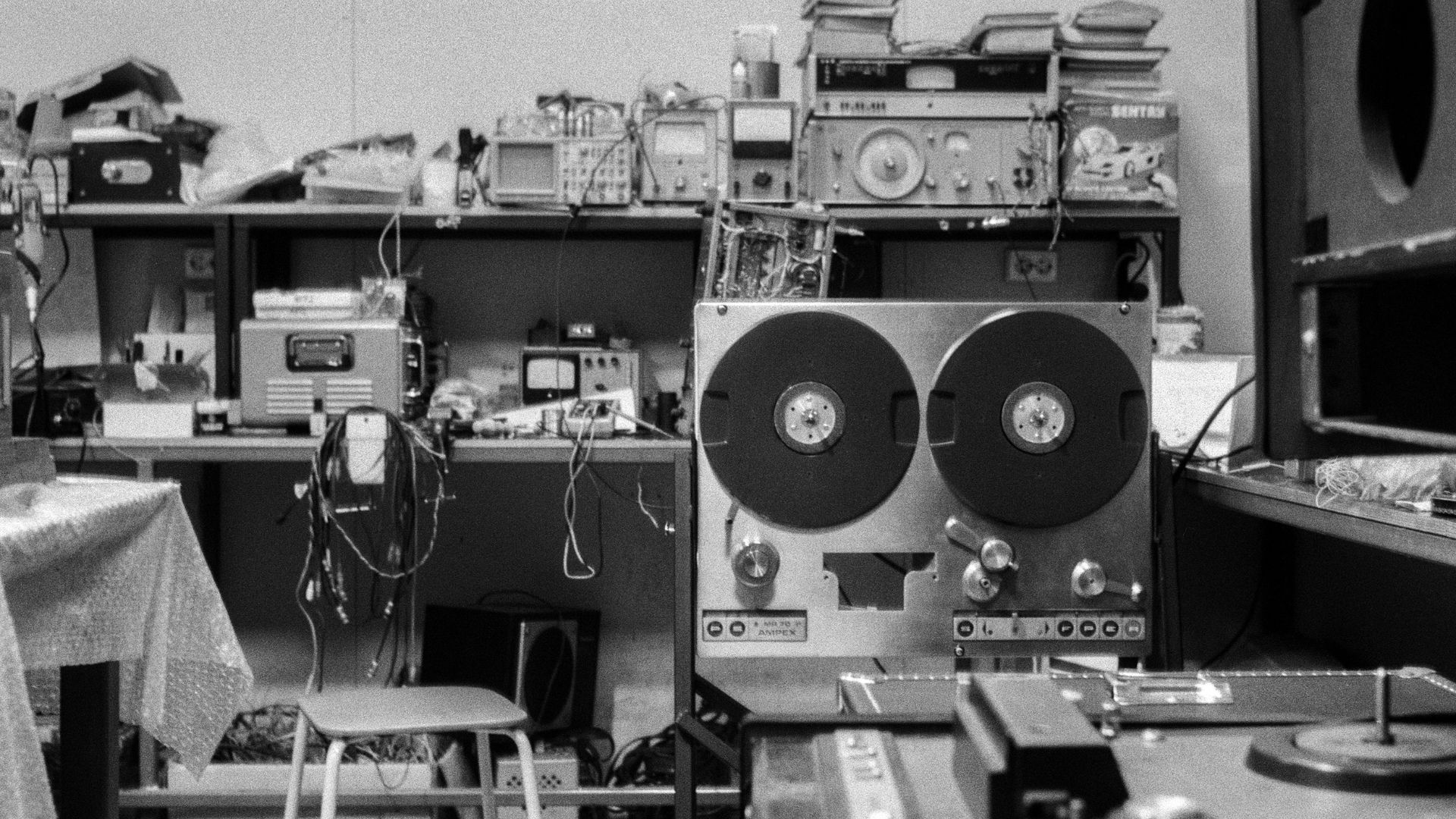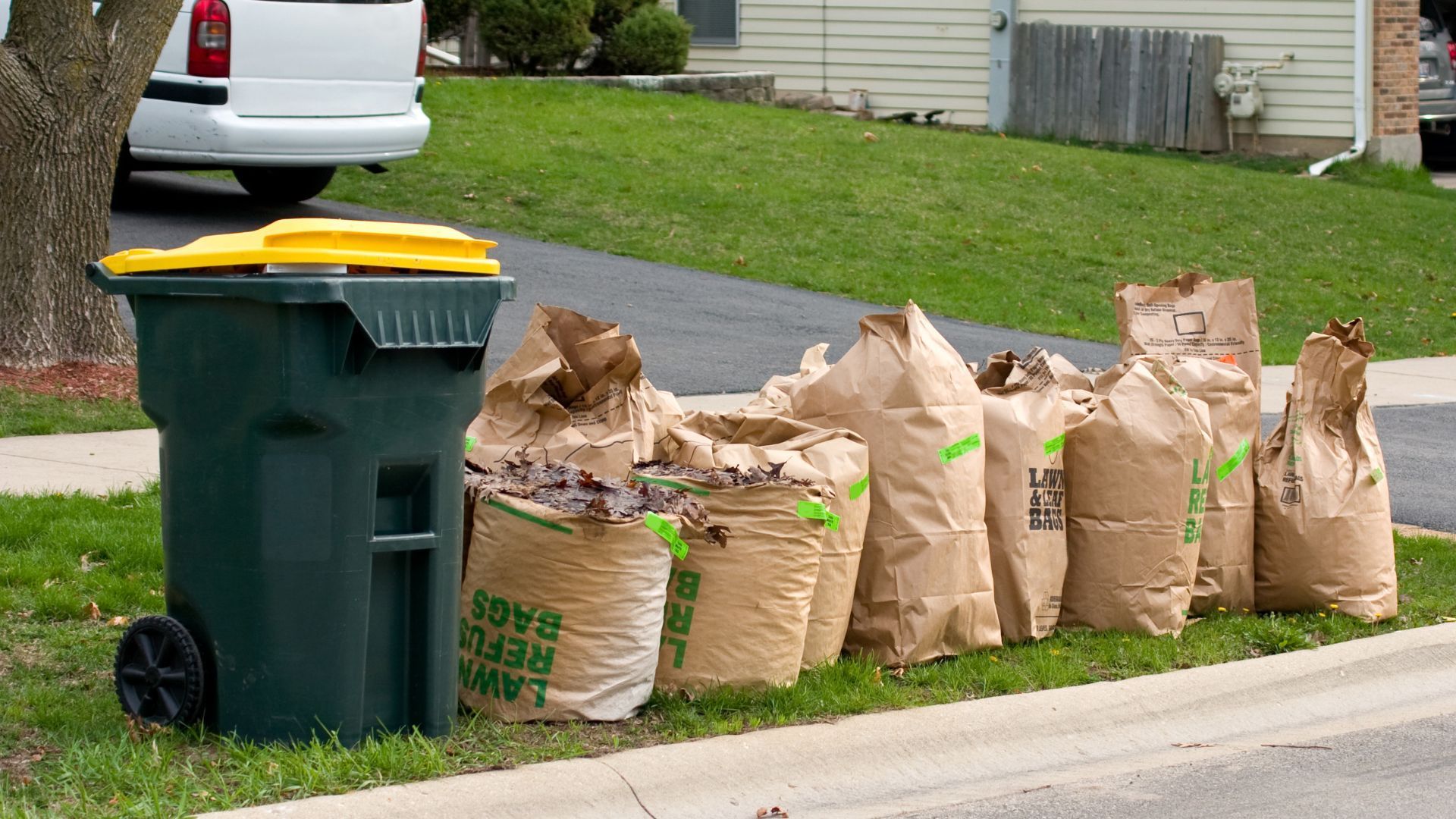The Do’s and Don’ts of Appliance Removal
Getting rid of old appliances might seem straightforward, but the process involves more than simply hauling them to the curb. Refrigerators, stoves, washers, and other bulky machines can contain hazardous materials, heavy components, and wiring that make improper disposal risky for both people and the environment. Many households attempt quick fixes, but without proper handling, these shortcuts often create more problems than solutions. Appliance removal requires planning, awareness of local guidelines, and the right approach to transportation and disposal.
The key to handling it successfully lies in understanding what should and shouldn’t be done throughout the process. From knowing when to call professionals to identifying how recycling works, each decision impacts safety, efficiency, and even cost savings. This guide walks you through the essential do’s and don’ts of appliance removal in an easy-to-follow manner. By blending practical advice with actionable steps, you’ll discover safer and smarter ways to part with your old machines while staying in line with environmental standards.
Plan Before Moving Heavy Appliances
When it comes to removing appliances, preparation is everything. Jumping straight into the process without a plan can lead to damaged floors, strained muscles, or worse—an injury that could have been avoided. Before touching that refrigerator or washing machine, assess the space. Look at the doorways, hallways, and staircases you’ll be navigating. Measure the appliance and compare it with these spaces to avoid last-minute surprises.
Another part of planning is identifying where the appliance will go once it leaves your home. Leaving it on the curb might not be an option, especially since many municipalities have strict rules about dumping. Arrange for transportation in advance, whether that’s a rented truck or a scheduled pickup service. If you’re hiring professionals, booking early ensures you’ll get a time slot that works for you.
Disconnect Utilities With Care
Many appliances connect directly to power, water, or gas lines, and pulling them out without proper disconnection can be dangerous. Start by shutting off the power at the breaker box if you’re working with electrical appliances like ovens or dryers. For water-based machines like washing machines or dishwashers, close the water supply and allow hoses to drain fully before moving them.
It’s also important to remember that cords and hoses should not be yanked out roughly. Instead, take time to disconnect them slowly, ensuring they aren’t damaged in the process. Damaged cords may spark or leak, and in some cases, the mess from unemptied water hoses can flood your floor. These are avoidable problems if you approach utility disconnection with patience. If you’re not confident in handling gas lines or complex connections, it’s far better to rely on trained professionals rather than risk an accident.

Know What Can Be Recycled
One of the biggest mistakes people make is assuming that old appliances are nothing more than trash. In reality, many of their components are recyclable. Metals like steel, copper, and aluminum are highly valuable in recycling markets, and even certain plastics can be repurposed. Beyond materials, parts like compressors, motors, and circuit boards can often be salvaged.
However, it’s crucial to separate recyclable parts correctly. Some appliances contain refrigerants or chemicals that must be carefully removed before recycling. Tossing these machines at a landfill without treatment can release harmful substances into the environment. To handle this properly, research local recycling facilities that accept appliances or contact removal companies that handle the process responsibly.
Avoid Dumping at the Curb
Leaving large appliances on the sidewalk is a common mistake that can lead to fines or neighborhood complaints. Many cities have ordinances that strictly prohibit placing refrigerators, ovens, or washing machines outside without prior arrangements. In some cases, improperly disposed of appliances can even attract pests or create safety hazards for children and pets.
Instead of relying on curbside disposal, explore local pickup services that specifically handle bulky items. Some municipalities schedule large-item collection days, but these services often require advance notice and may have restrictions on what can be collected. Alternatively, hiring a junk removal company ensures your appliances are picked up quickly and legally. Leaving an appliance outside might seem like an easy shortcut, but in reality, it causes more headaches than it solves. Responsible disposal not only keeps your property looking tidy but also avoids potential legal and environmental issues.
Protect Yourself From Injury
Appliances are notoriously heavy, awkward to move, and often come with sharp edges. Attempting to handle them without proper safety measures is one of the biggest mistakes homeowners make. Always wear protective gloves to guard against cuts, and consider using back support or lifting straps to reduce strain. Footwear matters too—closed-toe shoes with non-slip soles are essential for navigating stairs or uneven surfaces.
Teamwork is equally important. Even if you believe you’re capable of lifting an appliance solo, the risks of dropping it or injuring yourself are high. Recruit help from friends, family, or professionals to ensure safe movement. Use dollies or sliders when possible to reduce direct lifting. Injury not only delays your removal project but can also lead to costly medical expenses. Protecting your health should be the top priority, and with the right equipment and assistance, you’ll avoid painful setbacks during the process.
Remove Doors and Lids Before Transport
Refrigerators and freezers, in particular, pose unique risks during removal. Leaving their doors intact while transporting them can create safety hazards for children and pets if left unattended. Removing doors or securing them tightly ensures no one gets trapped accidentally.
This step is not only about convenience but also about compliance. In many regions, it is legally required to remove or secure refrigerator doors before disposal to prevent entrapment accidents. By taking a few minutes to handle this step, you eliminate risks and make transportation less cumbersome. Once the appliance has reached its final destination—whether recycling facility or junk removal truck—you can be confident you’ve handled it responsibly.
Resist the Urge to Dismantle Alone
Taking apart an old washing machine or oven might sound like a good way to save money, but without proper training, dismantling appliances can be dangerous. Many machines contain electrical components, sharp metal edges, and hazardous chemicals. Refrigerators, for example, use refrigerants that require certified technicians to handle. Breaking them open on your own could release harmful substances and even result in fines if regulations are violated.
On top of the hazards, dismantling without expertise rarely leads to significant savings. Specialized tools and knowledge are required to safely remove valuable parts, and the time investment often outweighs any small financial return. Instead, consider professional removal services that include safe dismantling and recycling. They ensure that appliances are broken down properly while maximizing material recovery.
Check Local Disposal Regulations
Every city and county has its own set of rules for disposing of large appliances. Failing to follow these regulations can result in fines, denied pickup requests, or even legal trouble. Some areas require that certain components, like refrigerants, be removed by certified professionals before disposal. Others may only collect appliances on specific days or through special programs.
Researching these details in advance saves a great deal of stress. Many municipalities post clear guidelines online or provide contact numbers for waste management offices. If you’re unsure, reaching out directly for clarification ensures you’re following the correct process. Beyond avoiding penalties, understanding regulations also helps you choose the most eco-friendly and cost-efficient disposal option available in your area.
Consider Donation When Possible
Not all appliances being removed are broken beyond repair. Some may still be in working condition, though perhaps outdated or replaced by newer models. Instead of sending them directly to a landfill, consider donating to charities, shelters, or community programs that accept functional appliances.
Even if your appliance has minor issues, some organizations partner with repair technicians who refurbish donated items before distributing them. This route reduces waste, helps communities, and may even offer you a tax benefit depending on your location. Donation isn’t always possible—especially with severely damaged or outdated machines—but when it is, it’s one of the most rewarding ways to handle removal. By giving your appliance a second life, you reduce environmental impact and support meaningful causes.
Hire Professionals for Peace of Mind
While it’s tempting to take on appliance removal as a DIY challenge, hiring professionals often proves to be the smarter decision. Trained crews bring experience, specialized equipment, and the ability to navigate tricky spaces without damaging your property. They also understand the proper way to handle hazardous components, ensuring everything is disposed of according to local regulations. This not only keeps you safe but also saves time and stress.
Professional services often include recycling or donation options as part of their process, eliminating the need for you to coordinate multiple steps. Instead of struggling with heavy lifting, transportation logistics, and disposal research, you can leave the entire task in capable hands. The peace of mind that comes from knowing your appliances are handled legally, safely, and responsibly is invaluable.
Conclusion
Appliance removal may appear simple at first glance, but the reality involves preparation, safety measures, and responsible disposal choices. From disconnecting utilities correctly to understanding recycling opportunities, each step plays a vital role in ensuring both safety and environmental responsibility. Avoiding common mistakes, like dumping appliances at the curb or dismantling them without expertise, can save you from fines, injuries, and unnecessary headaches. Whether you choose to donate, recycle, or rely on professional services, handling the process thoughtfully makes a significant difference.
If you’re ready to part with old appliances without the stress, Freedom Junk Removal is here to help. Located in Pinellas Park, FL, they offer safe and reliable services tailored to your needs. You can reach them directly at (727) 295-2143 or send an email to info@freedomjunkremoval.net to schedule your pickup. With professionals taking care of the heavy lifting and disposal, you can clear out space in your home while knowing your appliances are handled responsibly.





